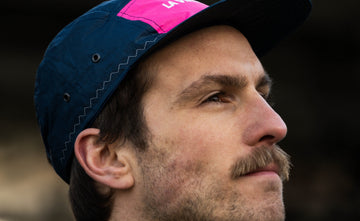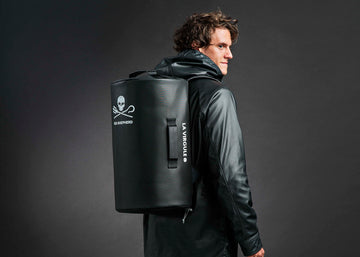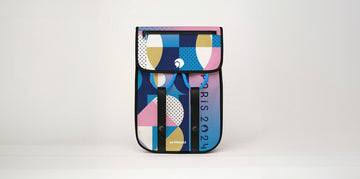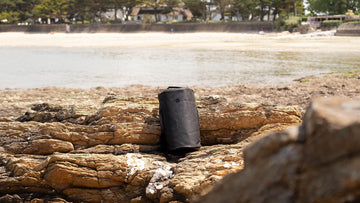Recently, we explained to you what we had learned from the launch of our first bag, and how crucial the workshops that manufacture our products are to the coherence and virtue of our approach.
Today, we're digging a little deeper into the subject of workshops, indispensable industrial partners in our value chain.
1 - The meeting
It all starts with a meeting between two companies or two people, and the first exchanges are decisive in determining whether they will launch a project together. It may seem absurd to put this subjective criterion first, but it's the reality. Before any decision matrix, our emotions and 'instinct' play a decisive role.
In general, we find ourselves with the workshops in the desire to look for new means of production, to treat waste differently, to dare to experiment before saying it's not possible. And then there's affection, shared passions for the outdoors or for nature, subjects that bring us together and make us want to spend time together.
2 - Technique and tools
Assembling an Hors-Bord travel bag or a Calao banana doesn't require the same kind of workshop, and the materials we send to the workshops are very different: their thickness, flexibility or even the branding method we're going to apply require different machines.
Obviously, our priority is to find workshops that specialize in luggage. They know better than anyone the assembly methods, the rules to follow, the details that will make the difference between a bag that lasts 5 or 50 years.
Their machines are often triple-drive stitchers, with wide needle travel to allow them to work cleanly. They can stitch and advance evenly through several layers of thick, hard-to-work-with materials.

These machines are very specific to our environment, and are generally too slow and too aggressive to sew fine, delicate materials.
3 - The human
This is the hardest thing for companies of our size to control.
The environment and quality are major criteria in our decision-making, but never to the detriment of the people who make what we want to do possible.
For example, we have chosen not to use laser engraving on our products. Even with the best filters and aspirations in the world, a person working 5 days a week on this kind of manufacturing process would find himself highly exposed to the toxic fumes emanating from it.
Working with European companies is also a guarantee of the rights of the seamstresses and dressmakers who work there, as the standards are more restrictive in terms of labor law, and that's all to the good.
Obviously, whenever we visit a workshop, we pay attention to the slightest detail that might arouse suspicions of human problems. Fortunately, there's nothing to report so far. 🙂
4 - The energy
This is a key factor in containing our products' greenhouse gas emissions.
As the raw materials we use are considered to have zero C02 equivalent, the only remaining issue is transport and the choice of energy used in production.
We don't have the truth, but we choose countries where the carbon intensity of the energy mix is the lowest, or workshops that install solar panels or wind turbines to reduce this impact.
Tools like Electricity Maps provide good information.

In the manufacturing process of a product, the phase that requires the most energy is the production of the material. We're free of this thanks to upcycling, but that doesn't stop us from going as green as possible for all the other stages.
Since December 2023, we've been carrying out a major impact study of our products to give you the most precise figures possible on our actions. We're going into great detail, and can't wait to show you the results.
5 - Bonus
If, in addition to all these criteria, the workshop is in a region accessible by train, and close to mountains, rivers or the ocean, we're the happiest people in the world and we don't miss a thing.














